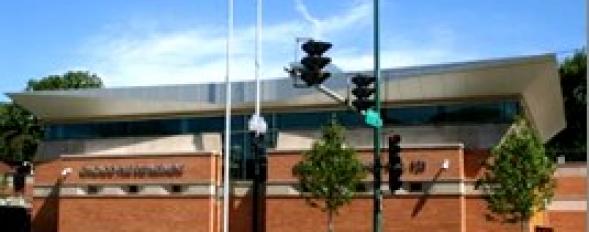Engine 121 Fire Station
Site Investigation and Remediation

Carnow Conibear was contracted to provide Phase I and Phase II Environmental Site Assessment (ESA) services and remediation oversight for the Engine 121 Fire Station site located at 1742 West 95th Street in Chicago, Illinois.
Carnow Conibear was contracted to provide Phase I and Phase II Environmental Site Assessment (ESA) services and remediation oversight for the Engine 121 Fire Station site located at 1742 West 95th Street in Chicago, Illinois. The City of Chicago acquired several parcels of land, which would be combined for the development of the Engine Company 121 Fire Station. Consequently, several Phase I ESAs were completed at the site, which identified the potential presence of impacted soil due to the historic uses of the site and adjacent property and the potential presence of underground storage tanks (USTs). Several recognized environmental conditions (RECs) were revealed in association with the site and a Phase II ESA was recommended to be performed.
The purpose of the Phase II ESA was to determine if the RECs identified at each of the separate parcels from the Phase I ESAs had impacted the soil at the site. The Phase II ESA consisted of performing soil borings and collecting soil samples from areas of potential contamination. Certain areas of the site were inaccessible at the time of the initial Phase II ESA, and supplemental sampling was required and performed shortly after the commencement of site development.
Upon completion of the Phase II ESA and supplemental sampling, Carnow Conibear compiled all of the analytical data and delineated the extent of contamination at the site. Carnow Conibear developed Remedial Objectives and a Remedial Action Plan to eliminate the potential for site contamination to impact human health and the environment.
Carnow Conibear prepared design plans and specifications for inclusion in the contract documents. These documents set forth the requirements necessary to meet Remedial Objectives and the Remedial Action Plan.
Carnow Conibear oversaw site development and remediation. During development activities, a total of 1 UST was discovered at the site. Carnow Conibear coordinated the removal of the UST. Upon completion of site development activities, engineered barriers had be constructed over all impacted areas of the site, and all exposure pathways that could potentially affect human health and the environment at the site had been eliminated.
To summarize site activities and document that the requirements of the remedial action plan had been met, Carnow Conibear completed a Remedial Action Completion Report upon the conclusion of site remediation activities.

